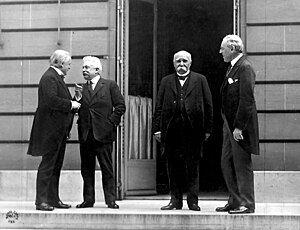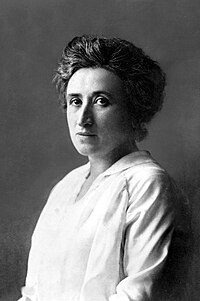
The Russian Civil War was a multi-party civil war in the former Russian Empire sparked by the overthrowing of the social-democratic Russian Provisional Government in the October Revolution, as many factions vied to determine Russia's political future. It resulted in the formation of the Russian Socialist Federative Soviet Republic and later the Soviet Union in most of its territory. Its finale marked the end of the Russian Revolution, which was one of the key events of the 20th century.

The Treaty of Brest-Litovsk was a separate peace treaty signed on 3 March 1918 between Soviet Russia and the Central Powers, by which Russia withdrew from World War I. The treaty, which followed months of negotiations after the armistice on the Eastern Front in December 1917, was signed at Brest-Litovsk.
1919 (MCMXIX) was a common year starting on Wednesday of the Gregorian calendar and a common year starting on Tuesday of the Julian calendar, the 1919th year of the Common Era (CE) and Anno Domini (AD) designations, the 919th year of the 2nd millennium, the 19th year of the 20th century, and the 10th and last year of the 1910s decade. As of the start of 1919, the Gregorian calendar was 13 days ahead of the Julian calendar, which remained in localized use until 1923.

The Polish–Soviet War was fought primarily between the Second Polish Republic and the Russian Soviet Federative Socialist Republic before it became a union republic in the aftermath of World War I and the Russian Revolution, on territories which were previously held by the Russian Empire and the Habsburg Monarchy following the Partitions of Poland.

Józef Dowbor-Muśnicki was a Russian military officer and Polish general, serving with the Imperial Russian and then Polish armies. He was also the military commander of the Greater Poland Uprising.

The Soviet westward offensive of 1918–1919 was part of the campaign by Soviet Russia into areas abandoned by the Ober Ost garrisons that were being withdrawn to Germany following that country's defeat in World War I. The initially successful offensive against the Republic of Estonia ignited the Estonian War of Independence which ended with the Soviet recognition of Estonia. Similarly, the campaigns against the Republic of Latvia and Republic of Lithuania ultimately failed, resulting in the Latvian–Soviet Peace Treaty and Soviet–Lithuanian Peace Treaty respectively. In Belarus, the Belarusian People's Republic was conquered and the Socialist Soviet Republic of Byelorussia proclaimed.
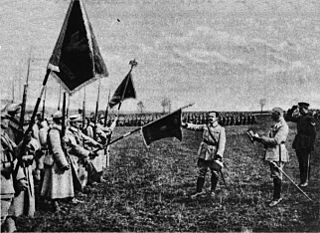
The Blue Army, or Haller's Army, was a Polish military contingent created in France during the latter stages of World War I. The name came from the French-issued blue military uniforms worn by the soldiers. The symbolic term used to describe the troops was subsequently adopted by General Józef Haller von Hallenburg himself to represent all newly organized Polish Legions fighting in western Europe.

The Allied intervention in the Russian Civil War consisted of a series of multi-national military expeditions that began in 1918. The initial impetus behind the interventions was to secure munitions and supply depots from falling into the German Empire's hands, particularly after the Bolsheviks signed the Treaty of Brest-Litovsk, and to rescue the Allied forces that had become trapped within Russia after the 1917 October Revolution. After the Armistice of 11 November 1918, the Allied plan changed to helping the White forces in the Russian Civil War. After the Whites collapsed, the Allies withdrew their forces from Russia by 1925.

During the Polish–Soviet War of 1919–1921, Soviet Russia and its client state, Soviet Ukraine, were in combat with the re-established Second Polish Republic and the newly established Ukrainian People's Republic. Both sides aimed to secure territory in the often disputed areas of the Kresy, in the context of the fluidity of borders in Central and Eastern Europe in the aftermath of World War I and the breakdown of the Austrian, German, and Russian Empires. The first clashes between the two sides occurred in February 1919, but full-scale war did not break out until the following year. Especially at first, neither Soviet Russia, embroiled in the Russian Civil War, nor Poland, still in the early stages of state re-building, were in a position to formulate and pursue clear and consistent war aims.

The Polish Military Organisation, PMO was a secret military organization that was formed during World War I (1914–1918). Józef Piłsudski founded the group in August 1914. It adopted the name POW in November 1914 and aimed to gather intelligence and to sabotage the enemies of the Polish people. Piłsudski used it to act independently from his cautious Austro-Hungarian supporters, and it became an important, if somewhat lesser known, counterpart to the Polish Legions. Its targets included the Russian Empire in the early phase of the war and the German Empire later. Its membership rose from a few hundred in 1914 to over 30,000 in 1918.

The Ukrainian War of Independence, also referred to as the Ukrainian–Soviet War in Ukraine, lasted from March 1917 to November 1921. It saw the establishment and development of an independent Ukrainian republic, most of which was absorbed into the Ukrainian Soviet Socialist Republic between 1919 and 1920. The Ukrainian Soviet Socialist Republic was one of the constituent republics of the Soviet Union between 1922 and 1991.
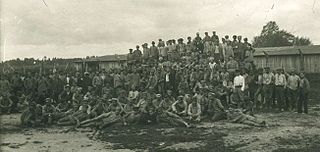
The Lithuanian–Soviet War or Lithuanian–Bolshevik War was fought between newly independent Lithuania and the Russian Socialist Federative Soviet Republic in the aftermath of World War I. It was part of the larger Soviet westward offensive of 1918–1919. The offensive followed the retreat of German troops and sought to establish Soviet republics in Ukraine, Belarus, Lithuania, Latvia, Estonia, Poland and link up with the German Revolution. By the end of December 1918 Soviet forces reached Lithuanian borders. Largely unopposed, they occupied one town after another and by the end of January 1919 controlled about two thirds of the Lithuanian territory. In February, the Soviet advance was stopped by Lithuanian and German volunteers, who prevented the Soviets from capturing Kaunas, the temporary capital of Lithuania. From April 1919, the Lithuanian war went parallel with the Polish–Soviet War. Poland had territorial claims over Lithuania, especially the Vilnius Region; these tensions spilt over into the Polish–Lithuanian War.

The following events occurred in November 1918:
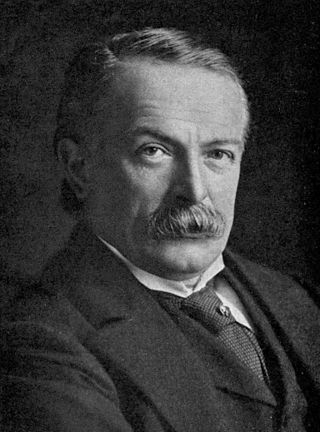
The following events occurred in December 1918:
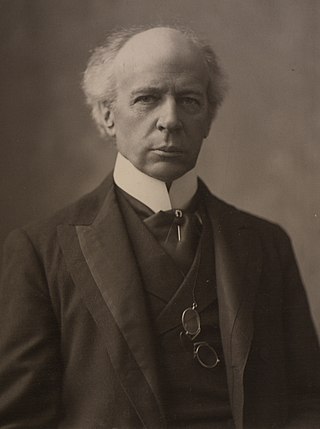
The following events occurred in February 1919:
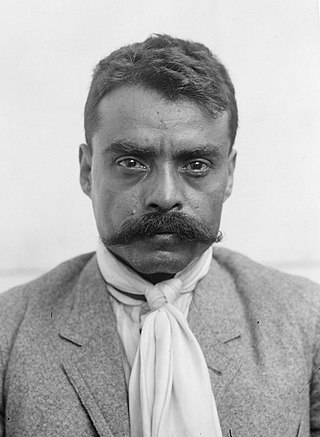
The following events occurred in April 1919:
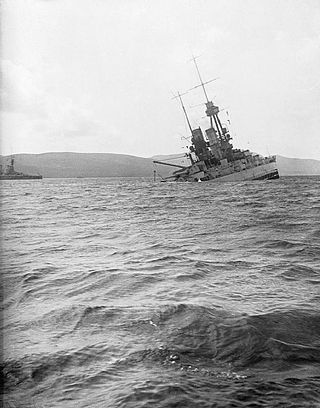
The following events occurred in June 1919:

The Armed Forces of the Republic of Poland, Also called the Polish Armed Forces And popularly called Wojsko Polskie in Poland are the national armed forces of the Republic of Poland. The name has been used since the early 19th century, but can also be applied to earlier periods. The Polish Legions and the Blue Army, composed of Polish volunteers from America and those who switched sides from the Central Powers, were formed during World War I. In the war's aftermath, the Polish Army was reformed from the remnants of the partitioning powers' forces and expanded significantly during the Polish–Soviet War of 1920.

The Ukrainian People's Republic (UPR) was a short-lived state in Eastern Europe. Prior to its proclamation, the Central Council of Ukraine was elected in March 1917 as a result of the February Revolution, and in June, it declared Ukrainian autonomy within Russia. Its autonomy was later recognized by the Russian Provisional Government. Following the October Revolution, the Central Council of Ukraine denounced the Bolshevik seizure of power and proclaimed the Ukrainian People's Republic with a territory including the area of approximately eight Russian imperial governorates. It formally declared its independence from Russia on 22 January 1918.
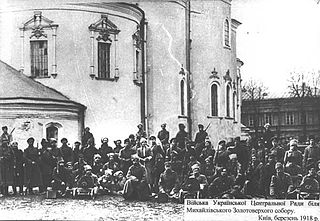
The Ukrainian–Soviet War is the term commonly used in post-Soviet Ukraine for the events taking place between 1917 and 1921, nowadays regarded essentially as a war between the Ukrainian People's Republic and the Bolsheviks. The war ensued soon after the October Revolution when Lenin dispatched Antonov's expeditionary group to Ukraine and Southern Russia.

